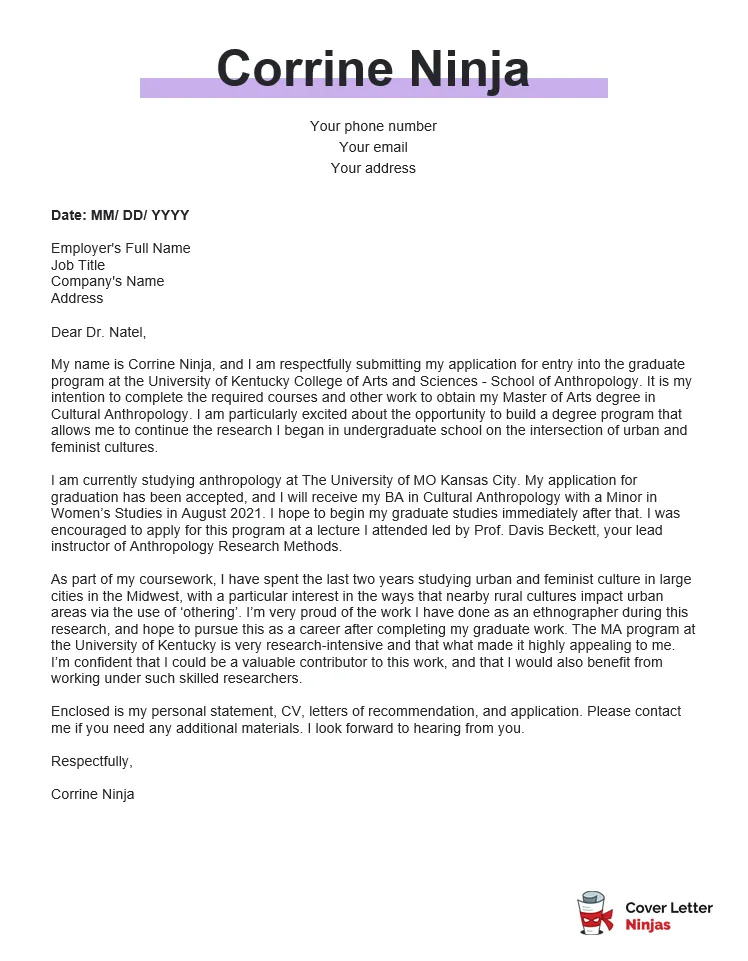What is a Graduate School Cover Letter
A graduate school cover letter is a crucial component of your application, serving as your introduction to the admissions committee. It’s your chance to make a strong first impression, highlight your qualifications, and express your genuine interest in the program. Unlike your resume or transcripts, the cover letter allows you to present a narrative, showcasing your personality, experiences, and aspirations in a more personalized way. Think of it as a conversation starter, providing context and depth to your application and setting you apart from other candidates. This document isn’t merely a formality; it is a powerful tool to convey your suitability for the program and demonstrate why you deserve a place in the incoming class. A well-crafted cover letter is a testament to your writing skills, attention to detail, and commitment to your academic goals.
Purpose of a Cover Letter
The primary purpose of a graduate school cover letter is to persuade the admissions committee that you are a strong candidate. It allows you to elaborate on your experiences, explain any gaps in your application, and connect your past achievements with your future goals within the program. The cover letter should clarify your motivations for applying to the specific program, demonstrating that you have carefully considered your academic and career aspirations. It’s also an opportunity to showcase your writing skills, critical thinking abilities, and your ability to articulate your ideas effectively. A well-written cover letter can significantly increase your chances of acceptance by providing a compelling narrative that resonates with the admissions committee and highlights what makes you a unique and valuable addition to the graduate program.
Key Components of a Cover Letter
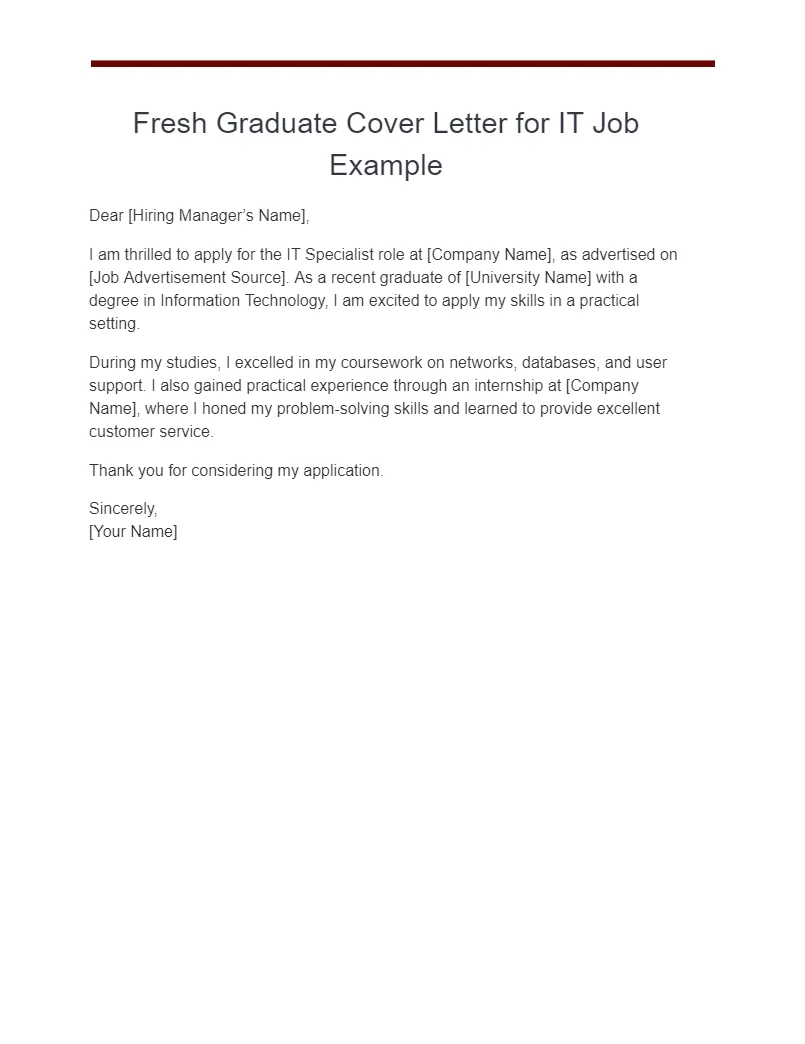
A compelling graduate school cover letter typically includes an introduction, several body paragraphs, and a concise conclusion. The introduction should state your purpose for writing, name the specific program you are applying to, and briefly mention your key qualifications. Body paragraphs should focus on your academic background, relevant experiences (research, internships, projects), skills, and achievements. It is vital to connect your experiences with the program’s requirements and your future aspirations. In the conclusion, reiterate your interest in the program, express your gratitude for the committee’s time, and state your desire for an interview. Ensure each section is clear, concise, and tailored to the specific program’s requirements.
Top 5 Tips for Writing a Winning Cover Letter
Writing a successful graduate school cover letter involves careful planning, attention to detail, and a clear understanding of your goals. To make a great cover letter, one must focus on these key elements that help make your application stand out. It must also be able to reflect your experiences and show your passion. Consider these tips to make a great application.
1 Tailor to the Program
One of the most common mistakes is sending a generic cover letter. To truly shine, you must customize your cover letter for each program you apply to. This demonstrates your genuine interest and that you’ve researched the specific requirements and values of the institution. Tailoring involves highlighting experiences and skills that align with the program’s focus, mentioning professors whose research interests you, and addressing specific aspects of the program that resonate with your academic and career goals. This level of personalization shows the admissions committee that you are not just applying to any graduate school but are specifically targeting their program because it aligns with your aspirations. This can be easily done by researching the professors, program requirements, and the overall focus of the school.
Research the Program

Before you start writing, thoroughly research the program. Visit the university’s website, explore the faculty profiles, and understand the program’s curriculum and research focus. Look for keywords, values, and areas of emphasis. Use this information to align your experiences and interests with the program’s goals. Show that you understand what the program is about and how your background aligns with it. This research helps you use specific language and tailor your letter to the program’s unique characteristics. Referencing specific courses, professors, or research areas will show you did your homework. This will make your letter much more appealing.
Highlight Relevant Experiences
Carefully select experiences that best demonstrate your qualifications for the program. Focus on experiences that align with the program’s goals. Highlight research projects, internships, relevant coursework, or any other activities that demonstrate your skills and interests. Emphasize the skills and knowledge you gained from these experiences. Explain how these experiences have prepared you for the challenges of graduate study. It is important to show how your past experiences make you a good fit for the graduate program.
2 Showcase Your Achievements
Instead of merely listing your experiences, use your cover letter to showcase your accomplishments. This involves using concrete examples to demonstrate what you’ve achieved and the impact you’ve made. Focus on outcomes and results, providing evidence of your skills, knowledge, and abilities. This is where you go beyond simply describing what you’ve done, instead explaining the results of your work. The graduate school admissions committee wants to know what you have achieved and what you are capable of. Use quantifiable data to prove your worth, such as publications, presentations, awards, or other forms of recognition.
Quantify Your Accomplishments
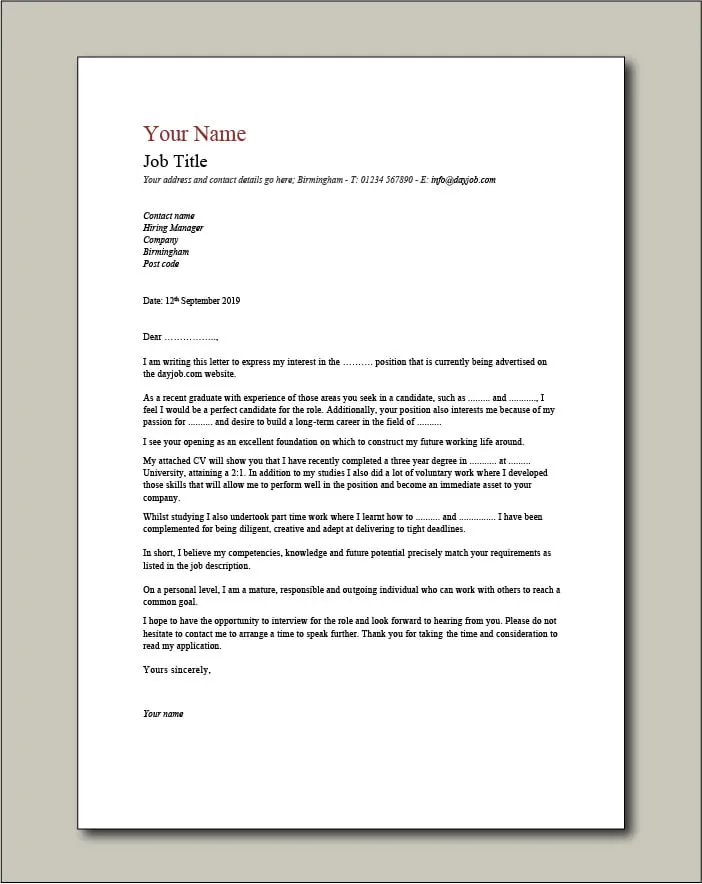
Use numbers and data to quantify your achievements. For example, instead of saying “I improved customer satisfaction,” say “I increased customer satisfaction by 15%.” Use numbers and data to illustrate your results, making your accomplishments more concrete and impressive. This approach allows the admissions committee to measure your impact. It also shows you have the ability to analyze your performance and identify improvements. Provide context for the numbers, explaining the methods you used to achieve the results. The more specific you can be, the more persuasive your letter will be.
Use Action Verbs
Start your sentences with strong action verbs to make your accomplishments more dynamic and engaging. Instead of passive phrases like “Responsibilities included,” use active verbs like “Managed,” “Led,” “Developed,” or “Implemented.” Action verbs make your accomplishments more clear, concise, and easier to grasp. Choose verbs that match your experience and skills. Your goal is to provide vivid pictures of your accomplishments for the admissions committee. Use a variety of action verbs to keep your writing from sounding monotonous.
3 Demonstrate Your Fit
Demonstrate how your skills, experiences, and goals align with the program’s mission and values. Explain why you are a good fit for the program. Show that you understand the program’s focus and that you are genuinely excited about the opportunity to study there. Connect your experiences and goals with the program’s specific offerings. This connection demonstrates that you have given careful consideration to your graduate school choices. It showcases your interest and commitment to the field of study.
Express Your Enthusiasm
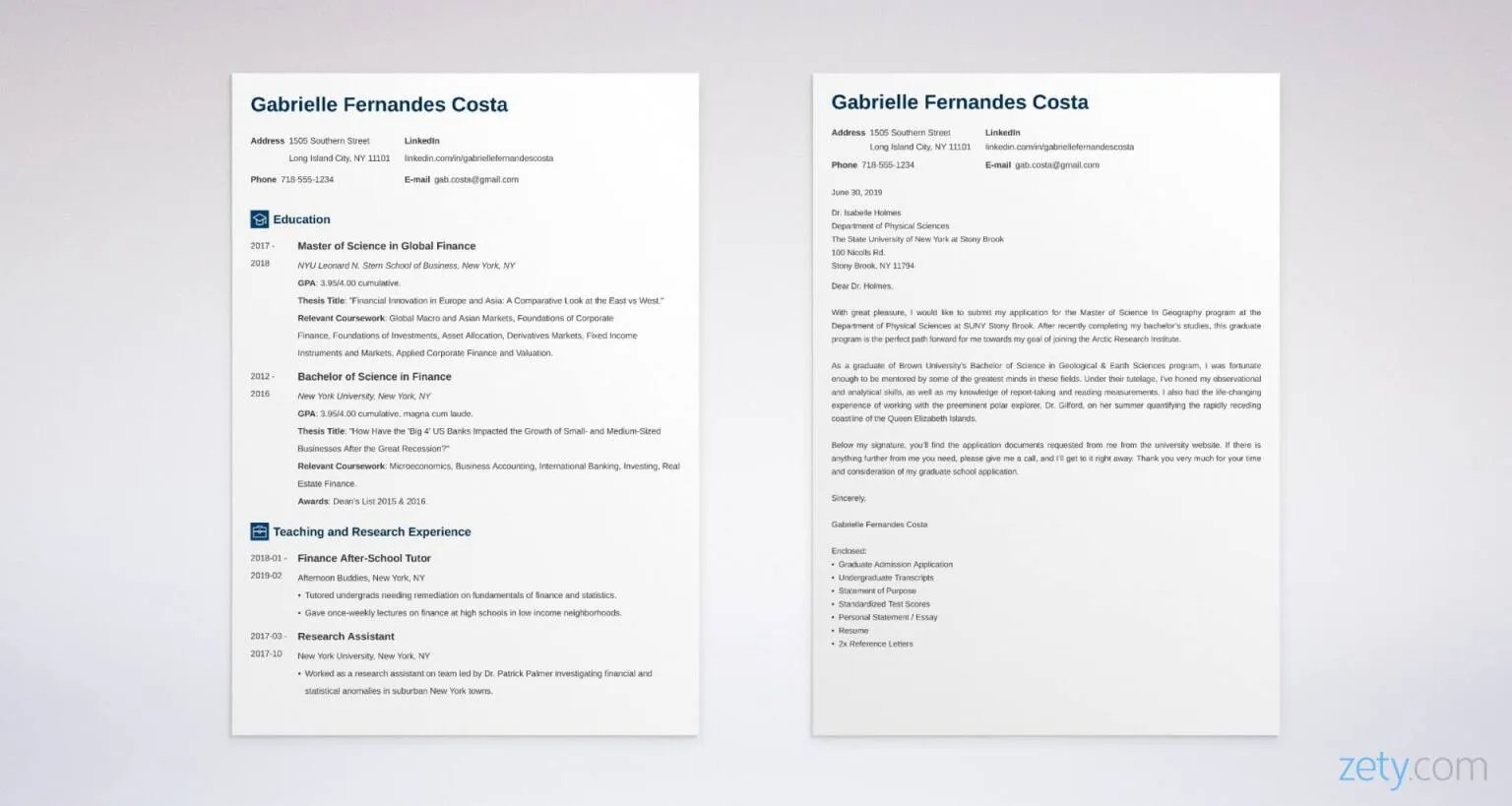
Show your enthusiasm for the program and the opportunity to study there. Avoid sounding generic or formulaic. Express your genuine interest in the program’s research, faculty, and culture. Enthusiasm is infectious. Make sure the admissions committee gets excited about you. Show that you are eager to contribute to the program. Demonstrate how the program aligns with your goals and career aspirations.
Connect Your Goals
Connect your past experiences and future goals to show that the program is the next logical step in your academic journey. Explain how the program will help you achieve your long-term career aspirations. Highlight how you plan to contribute to the field after graduation. This will demonstrate that you are prepared to make the most of the opportunity. It will also show your long-term commitment to the field.
4 Proofread Meticulously
A cover letter full of errors can make a negative impression. Proofreading is an essential part of the writing process. Errors in grammar, spelling, and punctuation can undermine your credibility. Always proofread your cover letter multiple times, paying close attention to detail. Make sure to have others read it as well to catch any errors that you might have missed. A well-written and error-free letter shows attention to detail and professionalism.
Check for Grammatical Errors

Carefully check your cover letter for grammatical errors. Grammar and spelling errors can significantly distract readers. Proofread for subject-verb agreement, correct tense usage, and proper punctuation. Use grammar-checking tools. Read the letter aloud to catch any errors. Make sure the sentences flow well and are easy to understand. Correct any errors to show your attention to detail and writing skills.
Ensure Proper Formatting
Make sure your cover letter is formatted correctly, with a professional appearance. Use a standard font, such as Times New Roman or Arial, and ensure the font size is easy to read. Use consistent spacing and margins. Pay attention to the layout of your letter, including the placement of your contact information, date, and the recipient’s address. Follow the specific formatting guidelines provided by the program, if any.
5 Follow Submission Guidelines
Adhering to the submission guidelines is crucial. It demonstrates your ability to follow instructions and respect the program’s processes. Review the application instructions carefully. Ensure your cover letter meets all the requirements.
Adhere to Word Count Limits
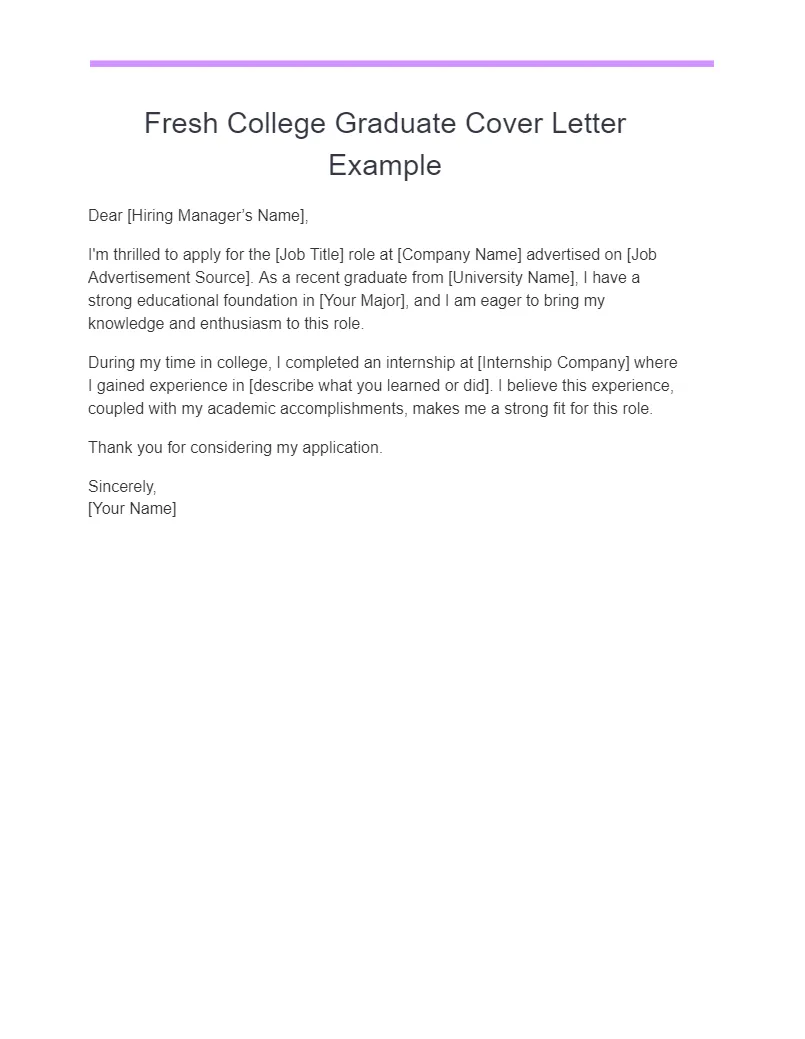
Many programs specify a word count limit for cover letters. It is essential to stay within the limits. Writing a cover letter that is too long suggests an inability to communicate concisely. One that is too short may not be detailed enough. Revise and edit your letter to make it as concise as possible, while still including all essential information. Ensure you make every word count.
Submit in the Correct Format
Submit your cover letter in the format requested by the program (e.g., PDF, Word document). Follow any other instructions regarding the file name or submission method. Double-check that you have attached the correct version of your cover letter. Ensure you meet all the submission requirements to make the best possible impression on the admissions committee.
Final Thoughts
Writing a graduate school cover letter is an opportunity to showcase your strengths. By following these tips, you can create a compelling cover letter that grabs the attention of the admissions committee. A well-crafted cover letter is a significant step towards acceptance. Remember to tailor your letter to each program. Make it shine by highlighting your achievements. Be sure to express your enthusiasm and connect your goals with the program. Paying close attention to detail is essential to making a great impression.
